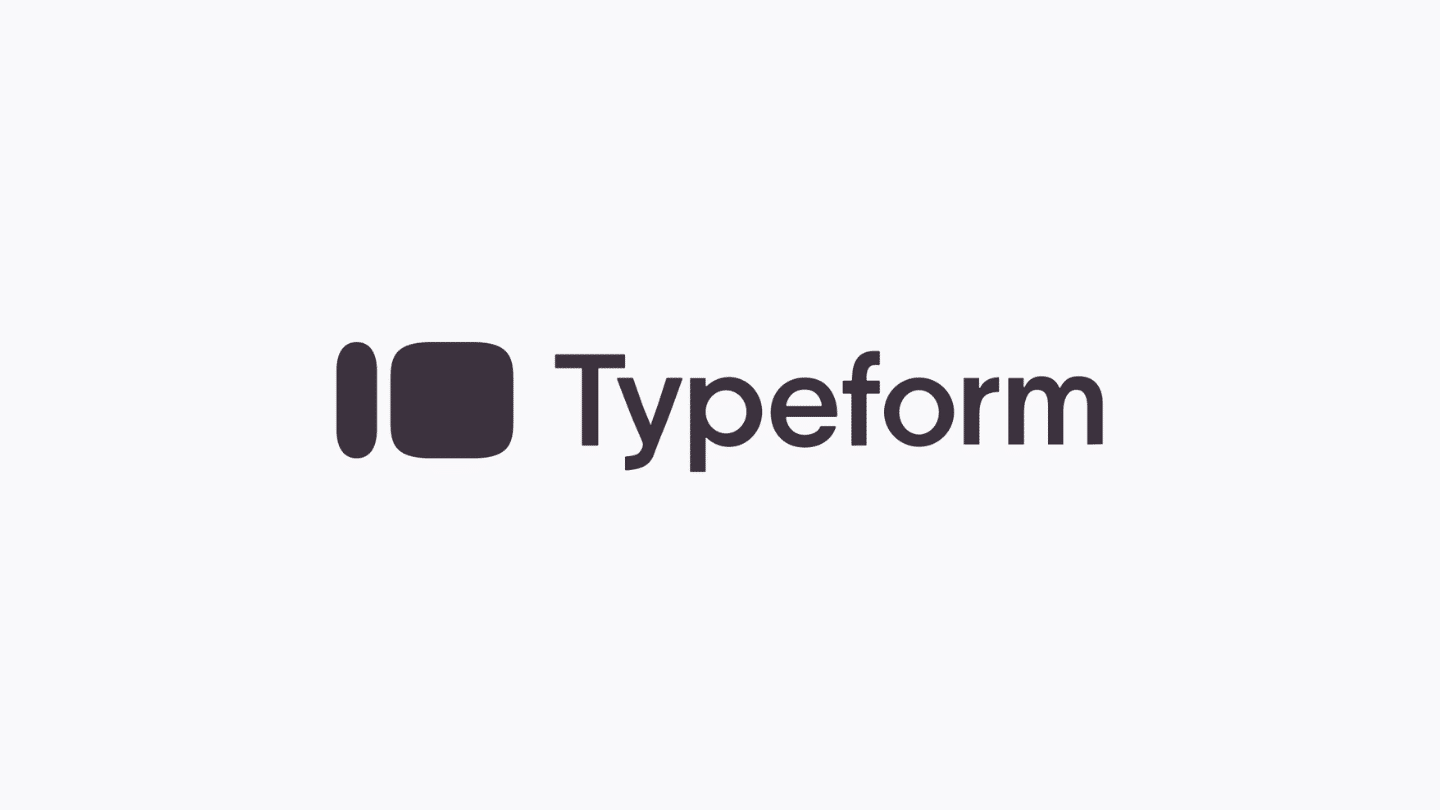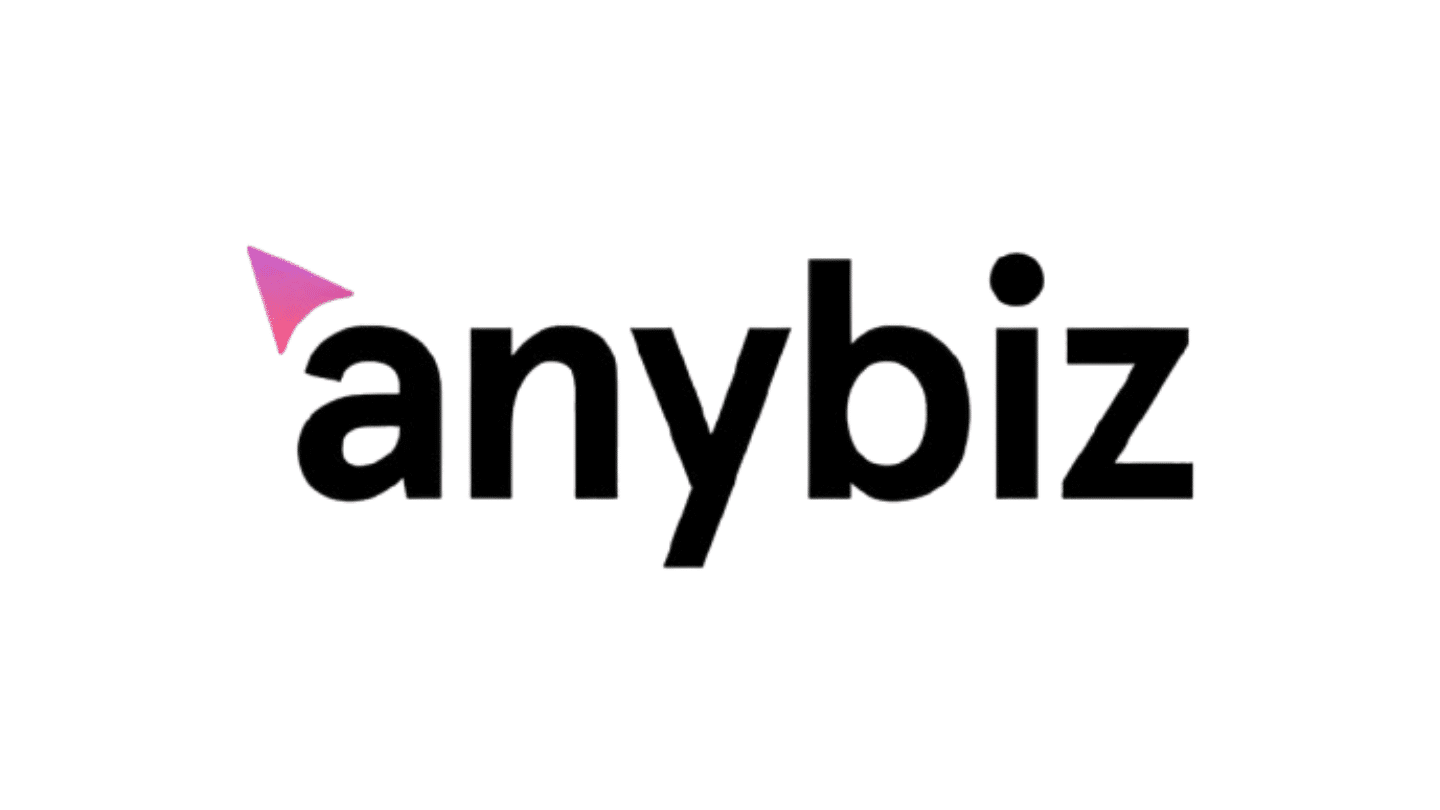More than 95% of visitors to a website remain anonymous, and that’s normal, because data protection for the general public is essential. But what about the identification of visitors in the context of their businesses?
At a time when a visitor is becoming increasingly expensive, the vast majority of these visitors are useless. Yet companies are waiting for information about the sites they visit. In B2B, it is now possible to obtain information about companies that visit you thanks to Cookie based and IP based methods. Insert a simple script on your site to get access to multiple detailed information useful for your communication. This trend is part of ABM(Account Based Marketing) which focuses on a personalised approach with high added value. But to be effective, ABM needs information that only visitor identification can provide. There are various software and tools that allow this identification while respecting the RGPD.
We propose here an analysis of existing solutions to answer a not so technical question:
how to identify an anonymous visitor in a B2B site?
Sommaire
How to identify Account Based Marketing visitors in B2B?
Reminder of the fundamentals of Account Based Marketing

The current approach ofAccount Based Marketing is based on a simple fact that any company can easily verify, which is that 20% of customers generate 80% of the turnover. The classic approach of inbound marketing is to bring as many people as possible into the conversion funnel in order to filter out and keep only the high-potential customers. Account Based Marketing reverses this vision and targets the top of the basket. It addresses high-potential prospects directly and in a personalised manner. In this sense, the content communicated must be ultra-personalised in order to engage them. The two approaches remain similar, it is about providing content, doing lead nurturing until you get a conversion and finally a customer. The main difference between ABM and Inbound lies in the nature and quality of the content sent.
The first step is to identify anonymous visitors and collect relevant information.
Anonymous visitor identification – How does it work?
Based on the principle of the visitor’s acceptance of cookies on arrival at the site, we now have two methods: IP based or Cookie based.
For IP based, the aim is not so much to obtain the identity of the visitor as to know the company in which he is working. The company’s IP is obtained by a simple script, which allows the company to be identified by cross-referencing partner databases or geolocation. Then, all that is needed is to retrieve the company’s information from the Sirene database or from specialised partnerships such as Kompass, DNB etc. The icing on the cake is to use applications such as Hunter to identify the contacts of key positions in the company.
For the Cookie based method, identification is done thanks to a DMP (Data Management Platform), during the first visit to the site. A cookie is placed on each visitor to whom an anonymous ID number is assigned. When this visitor returns and decides to register, his cookie allows us to match the two paths, that of the anonymous ID and that of the registered visitor. We can therefore identify him on each visit even before he registers. The information will be enriched by partner cookies or onboarding from the CRM database.
Identification of anonymous visitors – How to use it?
In B2B, decisions are mainly taken collectively, an ABM campaign must target several key contacts in an organisation. And this is where company identification comes in, the first building block of ABM: building the foundations of a good database. This allows you to personalise the right content to all the right people and to make better use of pop ups, chat and onsite personalisation. It remains to find the right channels to distribute this content and to do this, it is necessary to enrich this precious database: sector of activity, company turnover, decision-making positions with names, emails, telephones, linkedin accounts etc. This is crucial information that will be used to create relevant and engaging content. We propose to take a look at the identification tools specialised in B2B.
Focus on tools to identify anonymous visitors
- Octolis
- Jabmo
- LeadForensics
- GetQuanty
Octolis
Developed by the Cartelis consulting firm, Octolis is a very complete data platform. The solution cleans and then enriches your data in a single file. Last but not least, the dynamic distribution of qualified results between sales representatives and even a CRM. The great strength of Octolis remains the qualification of leads thanks to its integrated scoring system.
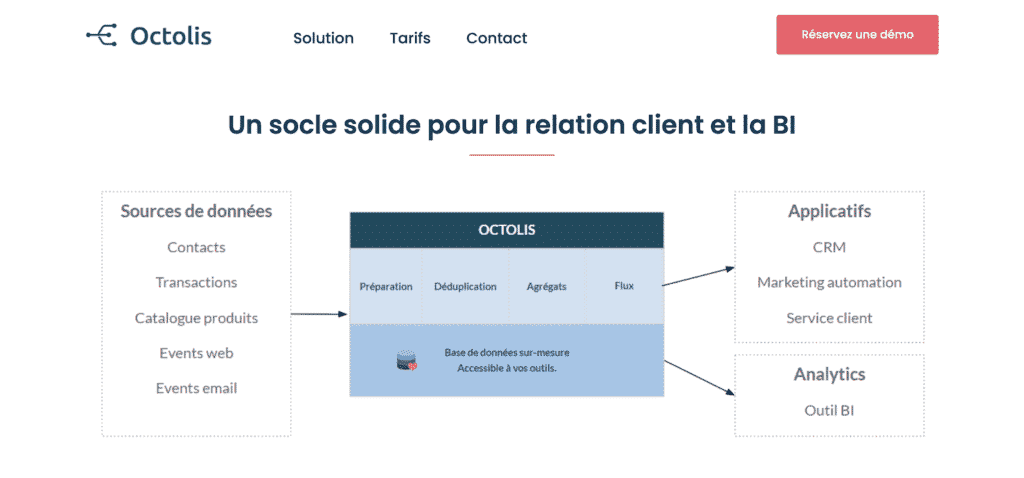
Jabmo
This is the French leader in ABM, offering comprehensive functionality. Starting with identification, personalisation and retargeting. Jabmo thrives on add-ons like optimize sales timing and marketing automation. The platform is easy to learn, although it is important to plan its use carefully.
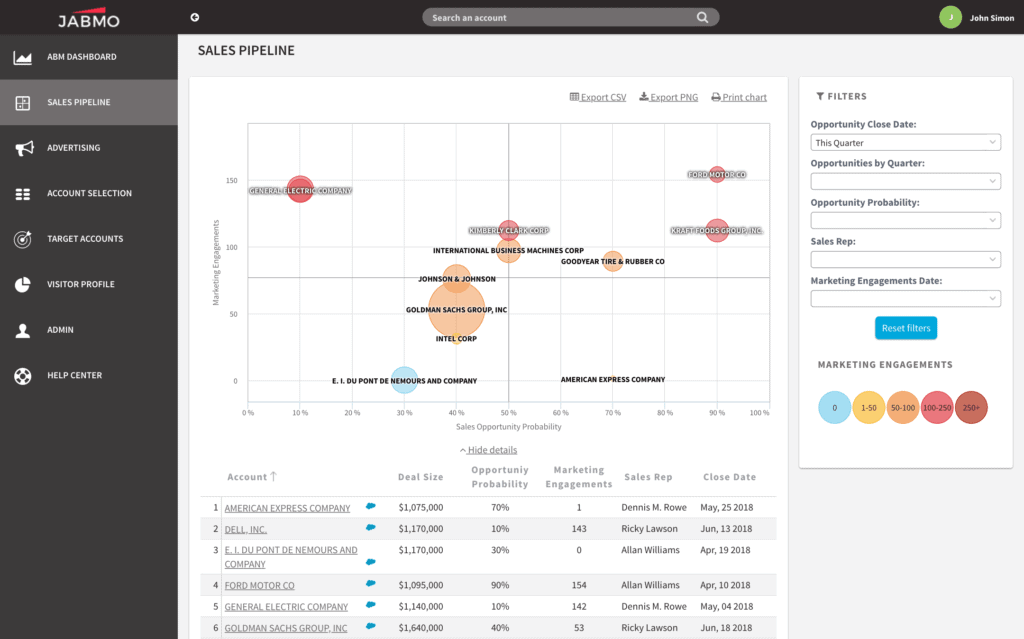
Lead Forensics
Created in 2009 in the UK, the strength of Lead Forensics is the dynamic version of the real-time dashboard. The generation of qualified leads is done by a very good identification and segmentation of visitors. The platform seems to have difficulties in finding information on companies outside the UK and US which is a hindrance in an international perspective, integration with other platforms can be difficult.
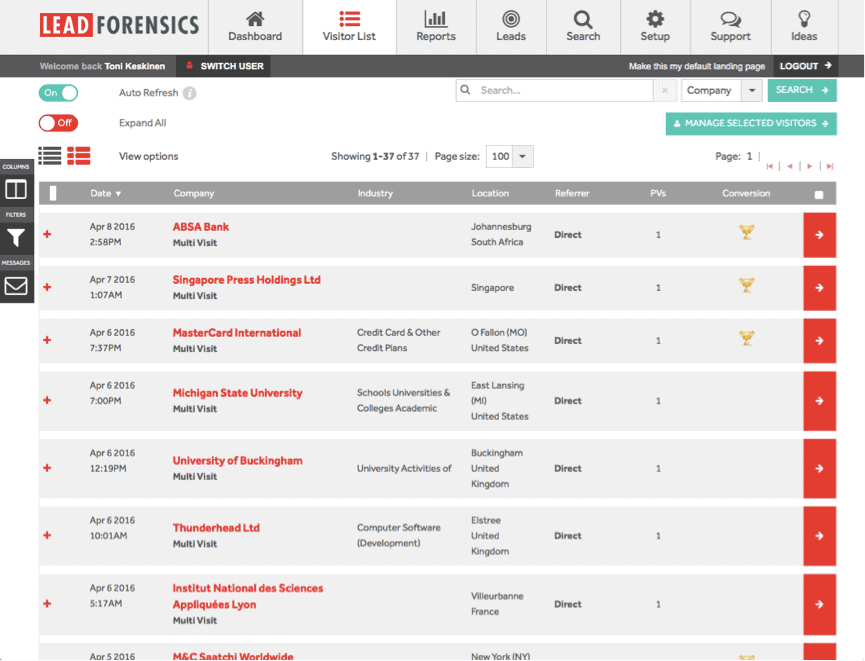
GetQuanty
If you are looking to identify small to medium sized businesses then GetQuanty is a must. Like most identification tools, it accepts lists in CSV format and handles retargeting and real-time monitoring without a hitch. The behavioural scoring is a real plus and the dashboard is easy to use.
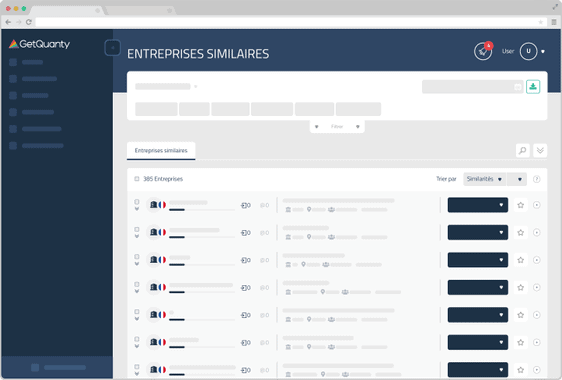
For more information on the subject:

